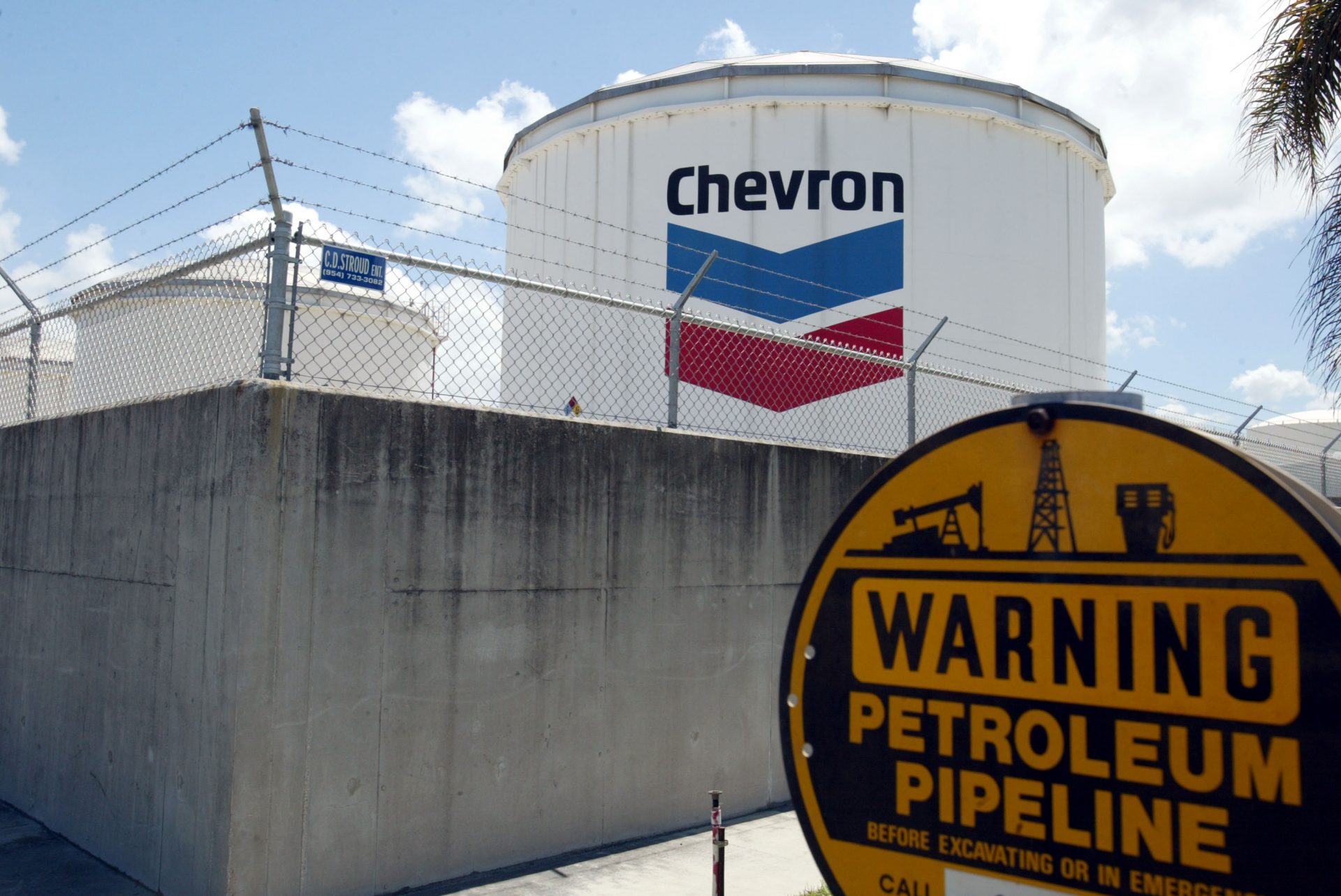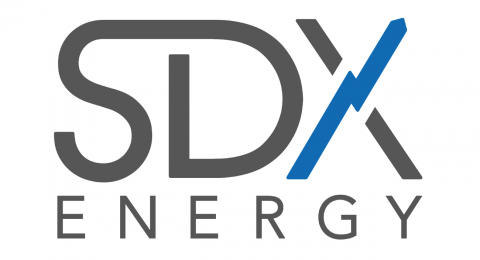For Chevron Corp., a dollar spent in the Permian Basin can get 35 percent more oil out of the ground than it could last year, as drilling costs have fallen and as the company works faster on more fertile wells.
San Ramon, California-based Chevron has been able to squeeze its vendors 20 to 50 percent discounts for equipment and oil field services. And it has boosted the amount of oil and gas it gets from its wells by 30 percent through better engineering.
It is also drilling 15 percent deeper, at a faster pace in the West Texas play, said Jay Johnson, executive vice president of Chevron’s upstream unit, during a conference call with investors Friday.
“That makes about 3,000 well prospects economic at $50 a barrel,” Johnson said. The company is on track to drill up 300 new wells in the Permian this year.
Chevron’s assessment of its lower drilling costs comes as other U.S. oil producers including Occidental Petroleum Corp. are talking up new technology and capabilities that’s making it cheaper to bring crude out of the earth.
Chevron’s profits slid 90 percent in the second quarter as lower crude prices forced it to write down the value of oil-producing assets even as the company’s refineries benefited.
The company is preparing for a longer downturn. Johnson said Chevron is spending $5 billion less than it did last year on capital expenditures and plans to cut its budget in 2016 and 2017 as its current oil projects under construction are completed.
Chevron Chief Financial Officer Pat Yarrington said the firm has found $3 billion to cut, with half of that coming from its organization structure and half from vendor spending. That will include workforce reductions, she said.
“If a lower price environment persists for longer, you will see even more significant cost savings and even greater cuts in capital,” Yarrington said.
Chevron stopped work on installing its tension leg platform at its Big Foot project in the Gulf of Mexico last month when nine of 16 tendons lost buoyancy. It has recovered the seven remaining tendons and has moved the tension leg to a safe-harbor location, and the company is trying to determine what equipment can be reused and what needs to be replaced, Johnson said.
“At this point we are not expecting any Big Foot production in 2016 or 2017,” he said. It had originally planned to bring on 10,000 barrels a day next year and 22,000 barrels a day the following year.
The oil major took in $571 million, or 30 cents a share, in second-quarter profits, down from $5.67 billion, or $3 a share, in the same April-June period last year. Revenues fell to $40.4 billion from $57.9 billion.
“Second quarter financial results were weak, reflecting a crude price decline of nearly 50 percent from a year ago,” Chevron’s Chairman and CEO John Watson said in a written statement. Watson was not on the conference call with investors.
He said the company is trying to bring its costs down by renegotiating contracts with its equipment vendors and cutting its contractor and employee head count. Earlier this week Chevron confirmed reports it is laying off 2,100 contractors and employees, with at least 950 of those in Houston.
But these measures haven’t stopped production growth in the United States, where Chevron boosted oil and gas output 9 percent compared to the same period last year.
It took a $1 billion loss in its U.S. upstream unit because of the write offs, even as its oil and gas output increased in the Permian Basin in West Texas, the Gulf of Mexico and the Marcellus Shale in Pennsylvania.
Its overall oil and gas production increased 2 percent to 2.6 million barrels a day in the second quarter, coming from its fields in the United States, Bangladesh and Argentina.
Chevron’s international oil fields also brought in a $1.1 billion loss because of impairments, higher taxes and exploration costs. Its international output declined less than 1 percent to 1.87 million barrels of oil equivalent a day.
The company’s upstream business lost $2.22 billion in income because of the impairment charges but its refining unit got back $2.96 billion on a healthy summer driving season and cheap ingredients for making gasoline. Chevron sold off $1.8 billion in assets during the quarter, but its impairment charges came in at $2.6 billion.
Meanwhile, the company’s downstream business pocketed more profit from the slide in crude prices. In the U.S., it brought in $731 million, a 41 percent increase, and boosted its sales of refined products by 3 percent to 1.23 million barrels a day.
Chevron sold 535,000 barrels of its branded gasoline a day in the United States, up 2 percent. Across the globe, refining earnings came in at $2.22 billion.
Chevron shares fell $3.52 on Friday to $89.51 a share on the New York Stock Exchange.
Source: Fuel Fix












